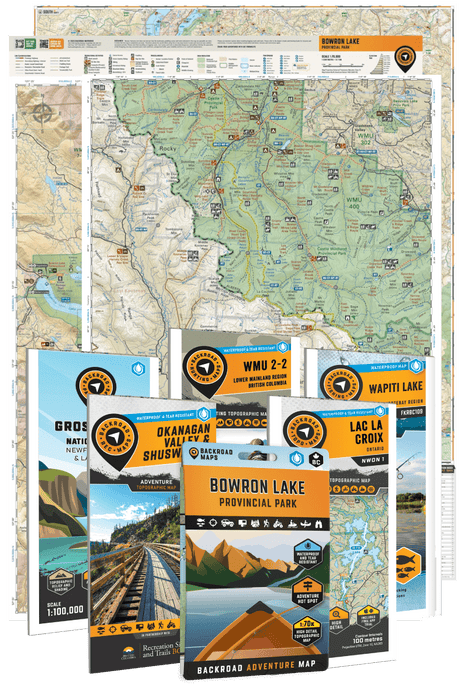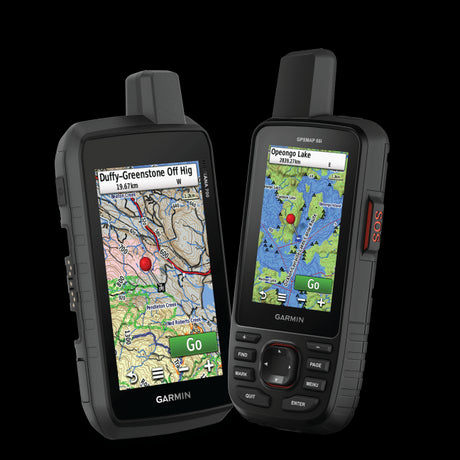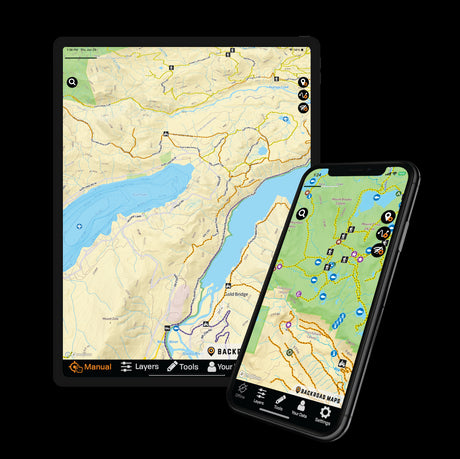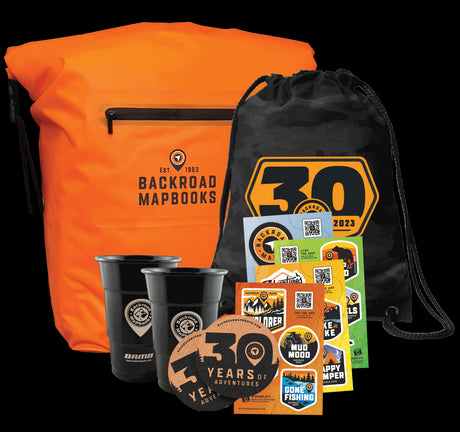There's no question that snowmobiling is one of Canada's most popular outdoor sports come wintertime. With fresh powder covering many local slopes and hundreds of thousands of kilometres of trails to explore, there's no shortage of space to play. Unfortunately, as the amount of people getting involved in the sport grows, so does the amount of accidents and deaths caused by snowmobiling.
Given the size and speed of snowmobiles, combined with the natural hazards of the winter landscape including avalanches and thin ice, it's no surprise that there are over 200 snowmobile deaths in North America annually and more than 14,000 injuries. While some are pure accidents that no one can predict, other fatalities and injuries can certainly be avoided.

Photo via: macleans.ca
This season, equip yourself with our snowmobile safety tips to keep you safe and have fun on the slopes.

Use your head
You and any passengers you are carrying should ALWAYS wear a safety certified helmet while riding a snowmobile. It's a good idea to go for a full-face helmet for warmth and security, plus the added protection of a chin guard. The helmet should fit snugly and the strap should be tightly fastened under your chin. Helmets should be replaced after several years, as safety regulations change, and should ALWAYS be thrown away and replaced if they are in a significant impact crash.

Don’t Drink and Ride
Alcohol should never be consumed before, or during, snowmobiling. Just like driving a vehicle, riding a snowmobile under the influence of alcohol or drugs is illegal and dangerous. Ride safe, ride sober.

Don't Ride on Thin Ice
Unless you are certain the ice can support your snowmobile, you should never cross lakes or rivers. The recommended ice thickness required to support a snowmobile is 15 cm (6 inches) or thicker. Always avoid slushy ice, ice on or near moving water (rivers, currents, channels), ice that has been thawed and then re-frozen and layered or ‘rotten' ice caused by sudden temperature changes.

What to do if you fall through thin ice:
- Stay Calm
- Extend your arms out in front of you to reach unbroken ice surface
- Kick your feet horizontally to help pull you up onto the ice
- If ice keeps breaking, continue kicking and try to move toward shore
- Keys, ice picks or a knife are ideal to help dig into the ice and pull you forward
- Once you get up onto the ice, crawl or roll away from the hole, DO NOT attempt to stand up until you are off the ice surface

Be Avalanche Aware

Photo via www.mykootenaynow.com
One of the biggest factors in annual snowmobile deaths are avalanches. Though they're a natural occurrence in the backcountry, 90% of avalanches involving humans are triggered by them, meaning that avalanche related deaths could most likely be avoided if snowmobilers used the proper safety methods. The number one way to avoid avalanche injury or death is to take an Avalanche Skills course and always keep avalanche safety equipment within easy reach, including a shovel, beacon and probe.
Key ways to avoid an avalanche:
- Park in safe areas, pointed towards escape routes
- Always let snow settle after a storm
- Test (track up) small slopes with low consequences
- Allow only one snowmobile on a slope at a time
- NEVER go up a steep slope to help someone stuck, adding a second sled could trigger an avalanche
If you find yourself caught in an avalanche:
- Try to stay on your machine and ride out the slide
- If you lose control, or are knocked off your sled, push away from your snowmobile and FIGHT HARD using ‘swimming’ motions
- Grab at trees, rocks, etc. to avoid being taken down the slope with the slide
- Always keep your mouth closed and teeth clenched
- Remain calm. This will help you preserve necessary oxygen

Know the Road
Before you head out on your snowmobile trip, you should always know the route you’re going to take. The best way to do this is getting a topographical map of the area to plan before-hand, and grabbing a Backroad GPS map to guide you on the trail. With Backroad GPS Maps you can also share your planned route with others, making it easy to guide a group and to let others know where you will be.

Dress Up
How you dress can be the difference between life or death in a snowmobile accident. The general rule to go by is wear layers and no cotton. You can always take layers off if you get too hot, but without enough layers you won't have protection from wind-chill and frostbite.
Key things to wear for snowmobiling:
- Under Layers – a synthetic-blend long underwear that is lightweight and not restrictive
- Snowmobile Suit – the best bet is to get a buoyant one to help keep you afloat in the event of an ice break emergency
- Facemasks and eye protection – only necessary if you do not have a full face helmet
- Gloves – waterproof with fleece or wool lining are best. An extra pair is always a good idea as well
- Socks – DO NOT wear cotton socks. Nylon, fleece, wool, or polypropylene are best to keep warm
- Boots – Solid winter boots with a good sole for traction and comfortable to wear a full day of riding

Supplies for Safety
Carrying an emergency kit and tools are a MUST for any rider, new or experienced. Due to a range of possible emergencies, and unexpected events, it’s important you carry a variety of gear on your trip.
Always Pack:
- Compass and Waterproof Topographic Map
- GPS with Backroad GPS Maps
- Waterproof Matches
- Flashlight with spare batteries
- Extra ignition key
- Small Shovel
- Strobe lights
- Flares
- Ice Picks
- Emergency Food
- Emergency First Aid Kit
- Snowmobile First Aid Kit (ex. Spark plug wrench, Philips screwdriver, spark plugs etc.)
While there is always some risk to heading out snowmobiling, the best way to stay safe is to be prepared and use common sense. It is highly recommended that you take a variety of snowmobile safety courses and avalanche training courses to familiarize yourself with emergency situations and general use of the snowmobile.
Stay safe and have fun this season. Stay calm and brrap on!







